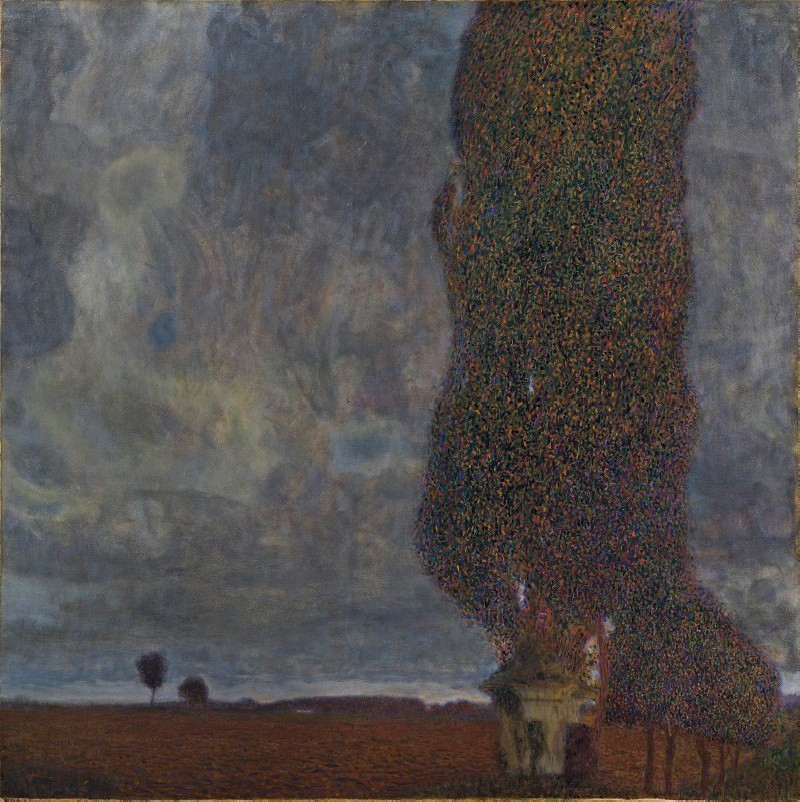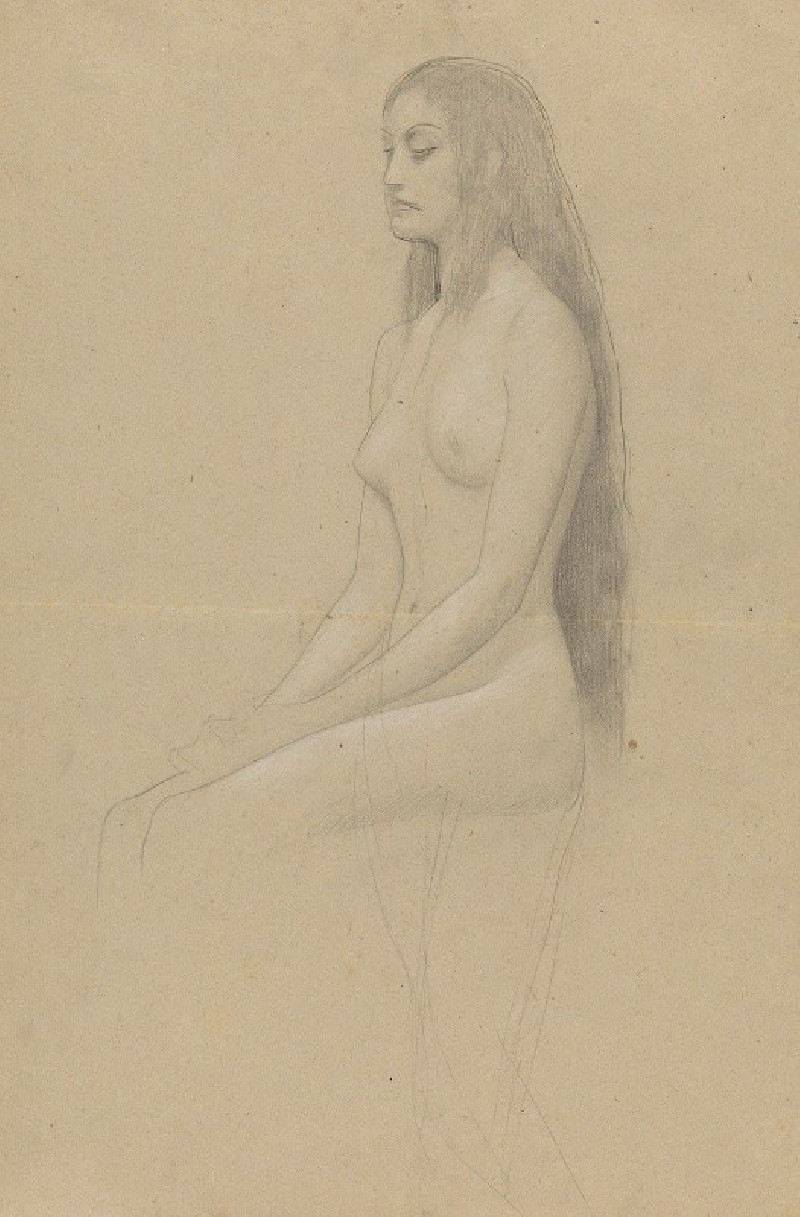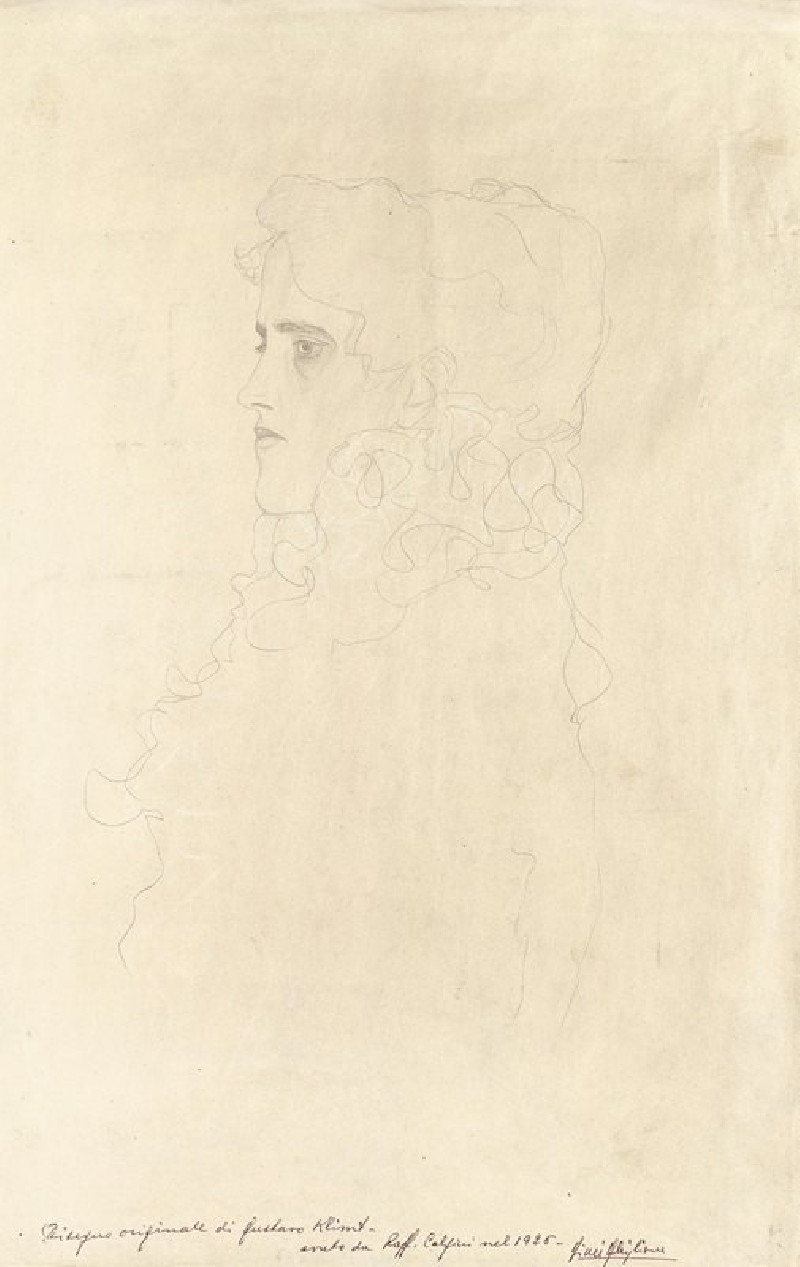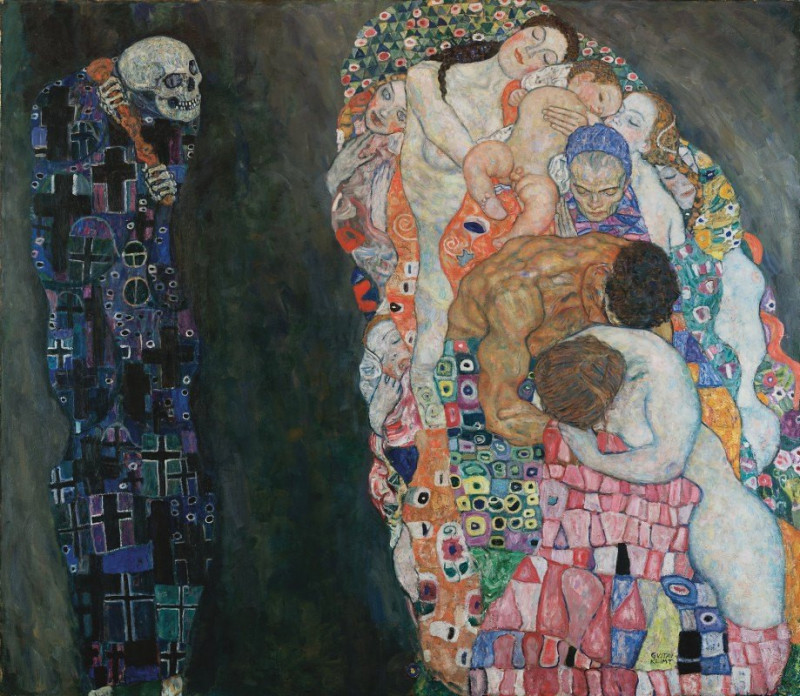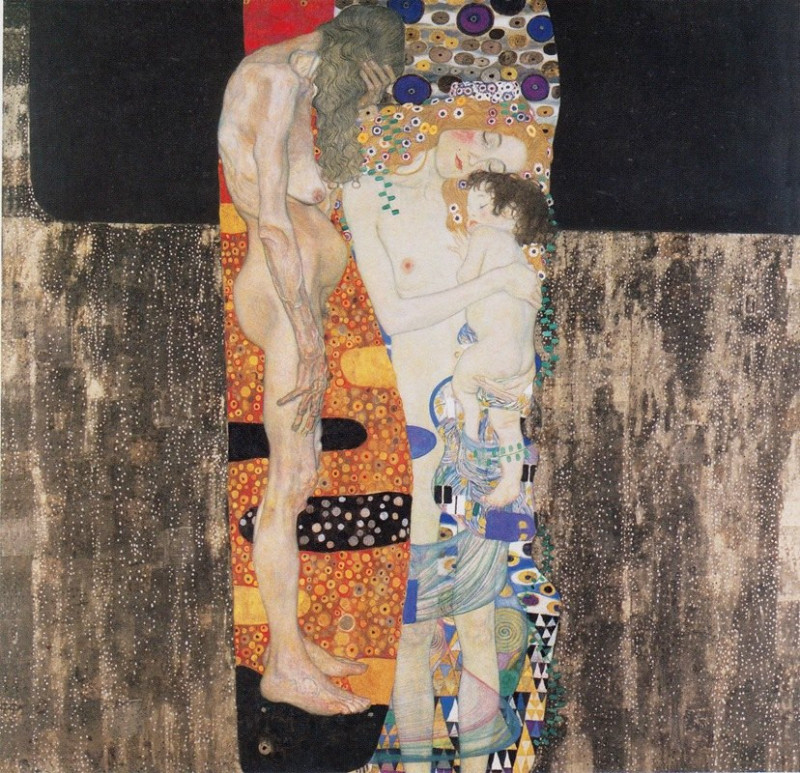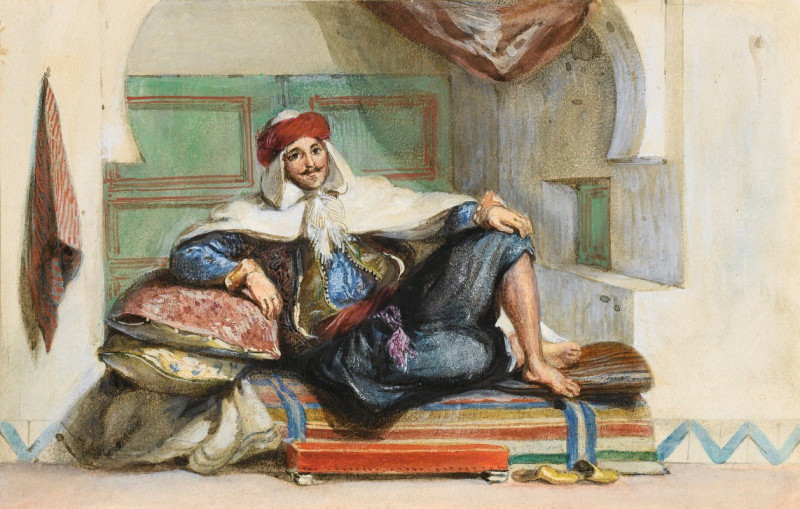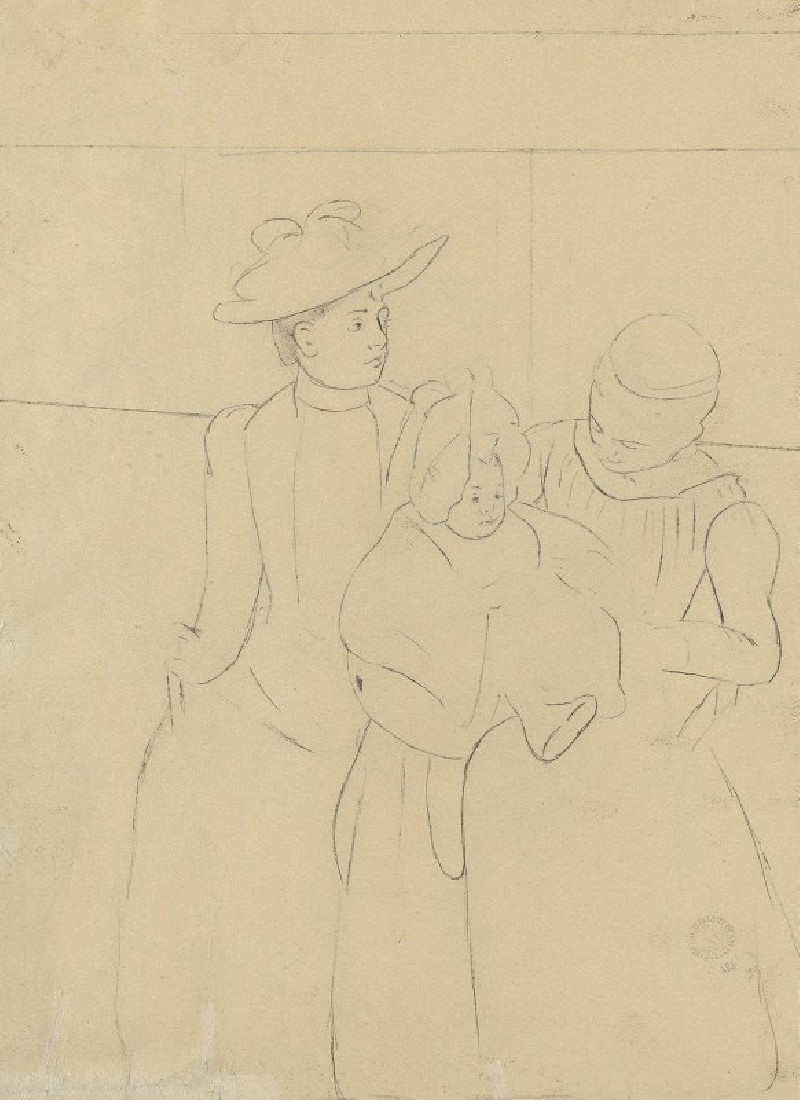Sculptur
Technique: Giclée quality print
Recommended by our customers
More about this artwork
Explore the captivating elegance of Gustav Klimt's "Sculptur," a mesmerizing artwork that stands as a testament to Klimt's unparalleled capacity to blend classical ideals with modern sensibilities. This pencil drawing, marked by Klimt's delicate yet precise lines, showcases a nuanced blend of allegorical and classical elements.At the heart of the composition is a central figure, a lifelike depiction of a woman standing gracefully, yet boldly, in her nudity. This figure radiates with a sense of vulnerability and the natural beauty of the human form, reminiscent of the statuesque quality seen in classical sculptures.Surrounding the central figure is a diverse assembly of faces, both in the background and integrated into the architectural elements around her. These faces, ranging from serene and youthful to more rugged and aged expressions, suggest a chorus of historical and mythical narratives that echo through time.Above this central figure, the detail intensifies with a giant sculpted head, its features exuding a calm and majestic aura, complementing the myriad of expressions that encircle the composition. This juxtaposition invites viewers to ponder the relationship between humanity and the ideals of beauty and expression throughout the ages.The inclusion of the word "SCVLPTVR" and the artist’s signature at the top of the drawing anchors the artwork in a dialogue about art itself—its creation, its history, and its enduring impact.Gustav Klimt's "Sculptur" is not merely a visual treat; it is a deep reflective piece on the nature of art, beauty, and the myriad forms in which these concepts manifest throughout human history.
Delivery
Returns
Gustav Klimt (1862–1918) was one of the greatest Austrian symbolist painters of the Art Nouveau era. Renowned as one of the most prominent founding members, and as a president of the Vienna Art Nouveau movement (Vienna Secession). His works were mainly paintings, murals, and sketches. Marked by his numerous erotic drawings, Klimt's primary subject were female figures, and at one point his work was even criticized as pornographic. Klimt found financial success in his "Golden Phase" with decorative techniques and the prominent use of gold leaf in his paintings.















